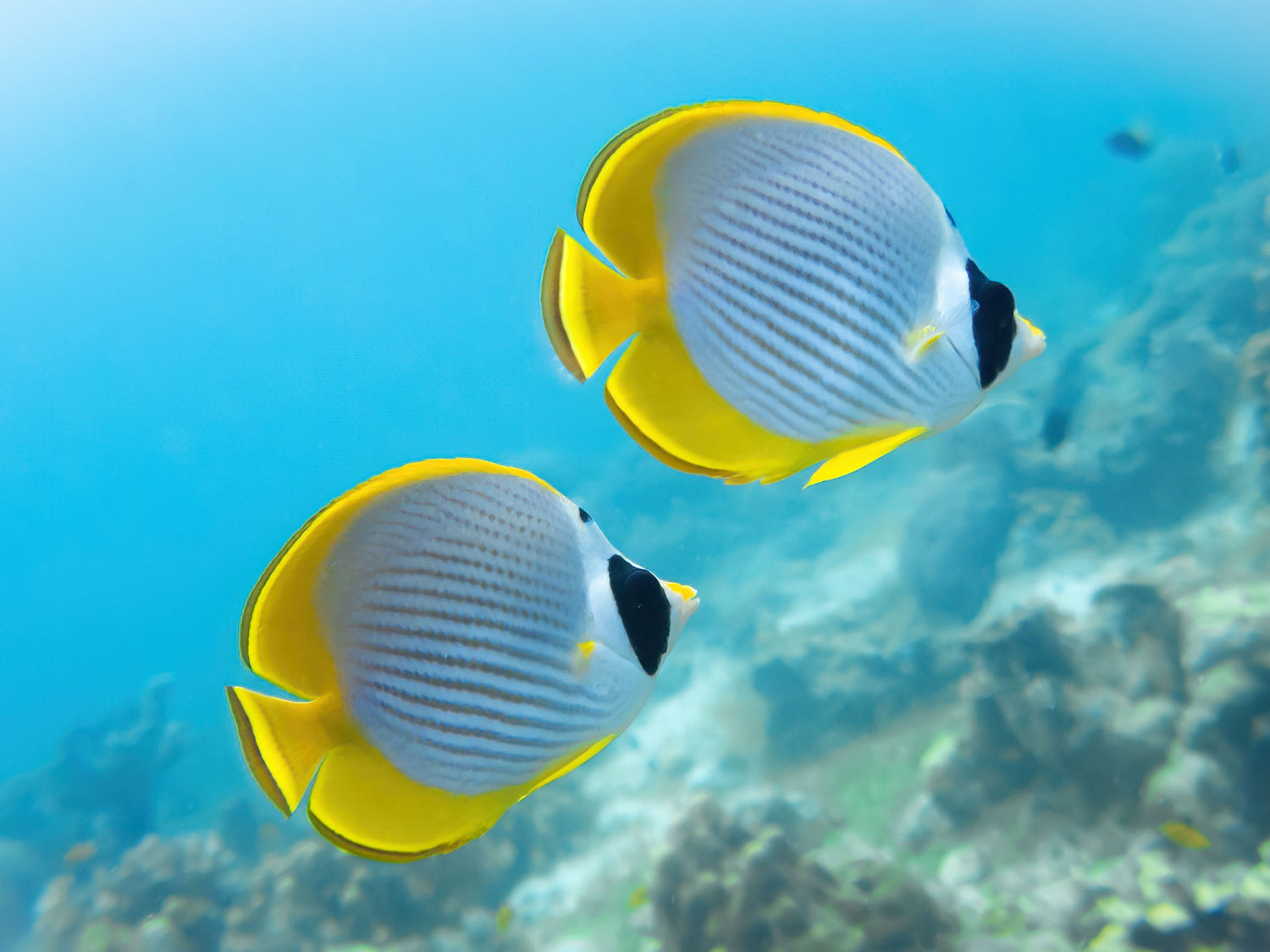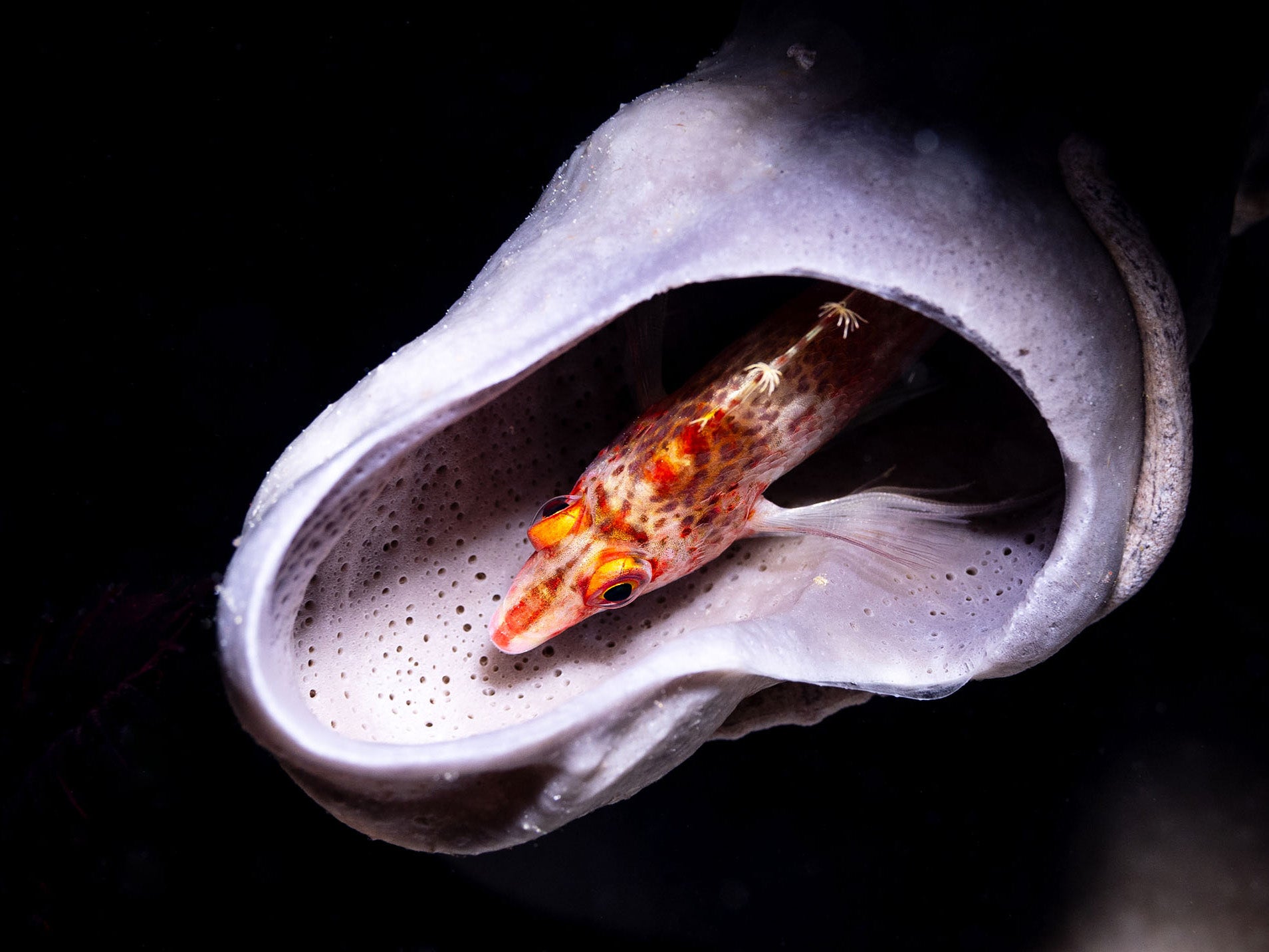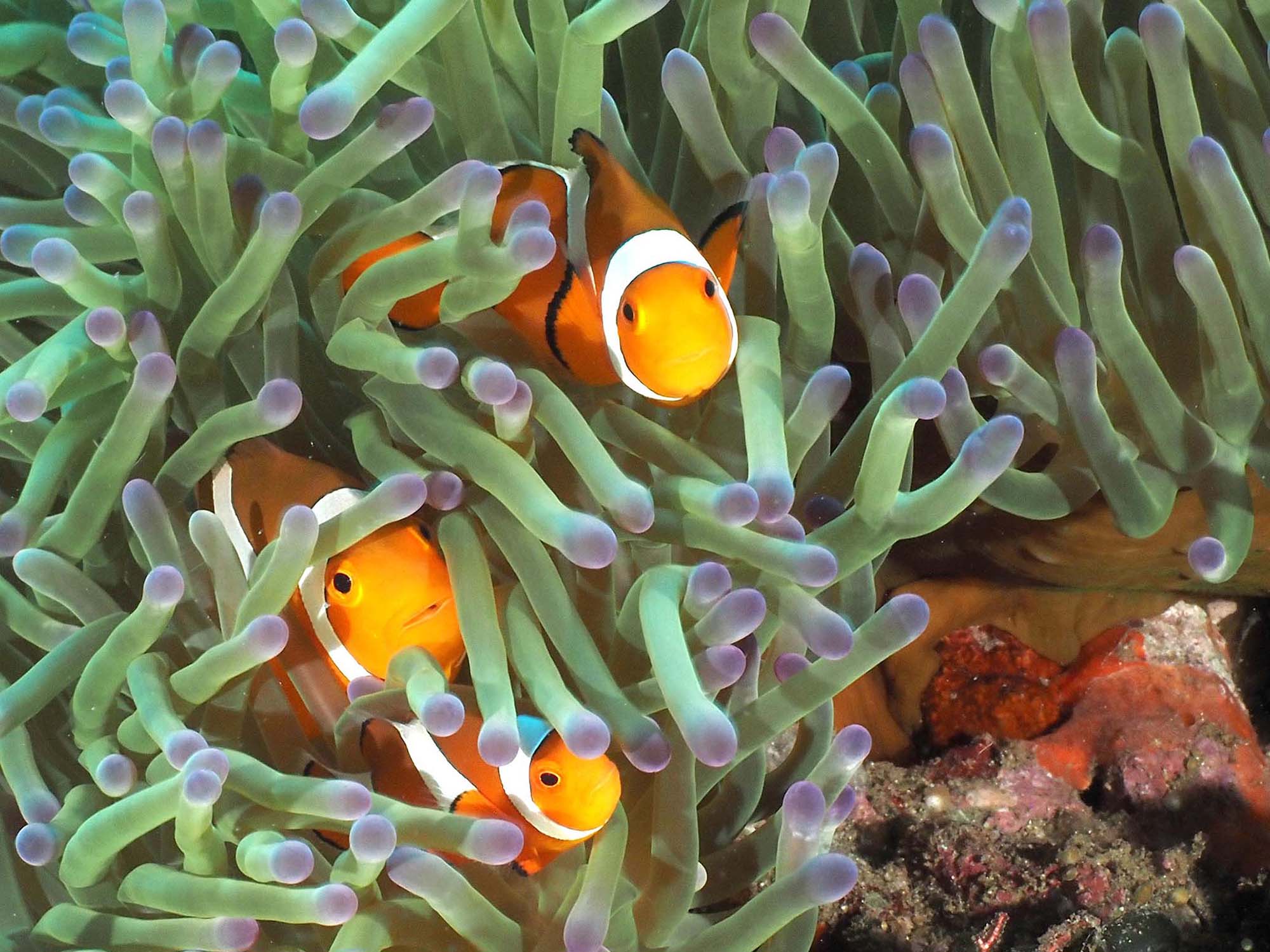All images © 2024 Wessam Atif
The Philippines currently has over 1,500 Marine Protected Areas (MPAs). Beginning in 1974 these MPAs were established to help protect sensitive ecosystems and conserve biodiversity. The success of many MPAs relies on strong grass-roots community efforts. Wessam Atif shares images from some MPAs in the Philippines proving the conservation protocols are worth all the effort.
"Diving and snorkeling in Hilutungan Island in Cebu, Philippines, is more like being in an aquarium, you'd really have a great time and see the fruits of all the conservation efforts. Don’t forget to clean up any debris or plastic you find."

Is it just me, or does this cute sea turtle seem like she is stretching her flipper out to take the best IG selfie?

There are many marine sanctuaries around the Philippines, where endangered species such as this sea turtle can grow and flourish in peace. This one was so involved with its sea grass meal it didn't even notice my presence.

As divers, we consider ourselves lucky to spot one frogfish every now and then, that's why I was quite excited when my dive guide pointed those 2 marching ones to me! Yes, frogfish have developed modified pectoral fins that can allow them to actually kind of "walk" on the bottom of the ocean, they are also known to be masters of disguise.

“The Crack” dive site in Bohol, Philippines. Usually favored by free divers.

I love Nemos (Clown fish) and when I see them I feel happy because I know I will almost certainly get a nice shot. When you dive often, you start to observe the behavior of different species, and unlike most shy fish that run away as soon as you approach to take a photo, Nemo will stay and be curious and aggressive protecting their territory, they are wonderful.

As Veterans day is celebrated this November, I found it interesting to catch this "Eagle" ray technically "flying" over the USS New York wreck from WWII under 100 feet of water at Subic Bay, Philippines.

Just add water! Shot in Puerto Galera, Philippines.

To feed or not to feed. Till now the issue of feeding sharks for eco-tourism is controversial, it but seems to be the best option compared to others. A split shot of a whale shark filter feeding near the surface.

Is there any other shark species that got no teeth? Shot in southern Cebu, Philippines.

The whale shark or "Butanding" as the they're known in the Philippine Islands, are the largest known fish species, and they can live between 70 to 100+ years. Shot in Cebu, Philippines.

Whale shark into the sunset.

Wessam Atif is an Environmental Health Doctor, originally from Egypt but living in the Philippines. His passion is underwater photography, diving and outdoor adventure. His photography experience is around 15 yrs and almost 6 years shooting underwater. Wessam's work has been published in Practical Photography Magazine, BBC wildlife Magazine, the National Geographic and the Gulf news. Wessam uses the Canon PowerShot G7X Mark III inside an Ikelite Underwater Housing. Follow Wessam Instagram @wetwildlife
Additional Reading
What Makes Diving in the Philippines Unique? [VIDEO]
Bait Balls & Thresher Sharks: Underwater Photography in the Philippines













